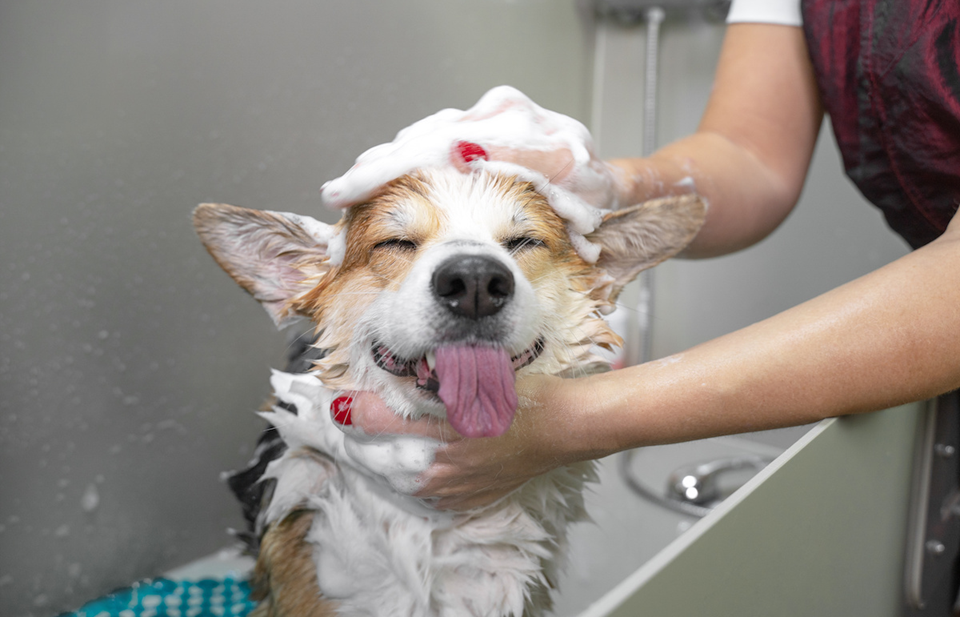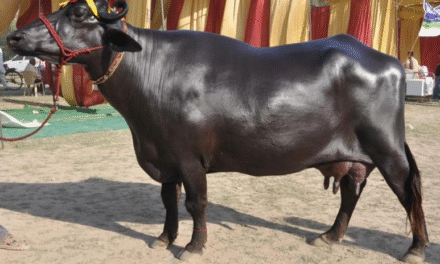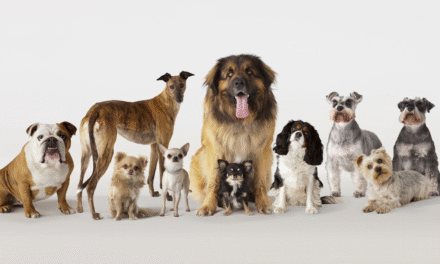Dog Care – Dogs are more than just pets—they’re loyal friends, adventure buddies, and beloved members of the family. Whether you’ve just brought home your first puppy or you’ve been a lifelong dog lover, understanding the essentials of dog care is key to giving your furry friend the best life possible.
From daily routines to emotional needs, here’s a practical guide to keeping your dog happy, healthy, and tail-wagging for years to come.
1. Nutrition: Feed With Purpose
A healthy diet lays the foundation for your dog’s overall well-being. Choose a high-quality dog food that matches your dog’s size, breed, age, and activity level. Puppies, adults, and seniors all have different nutritional needs, so don’t stick to one formula for life.
Avoid feeding human food off your plate—especially toxic items like chocolate, grapes, onions, and anything heavily seasoned. If you want to add variety, talk to your vet about safe fruits, veggies, and lean meats as occasional treats.
Fresh water should always be available. Keep their bowl clean and refill it throughout the day.
2. Exercise and Play: Keep That Tail Wagging
Dogs need exercise not only for physical health but for mental stimulation. The amount and type of exercise depends on your dog’s breed and age. While a Border Collie might need an hour-long hike, a smaller or older dog may be happy with a few short walks and some playtime.
Don’t underestimate the power of play—fetch, tug-of-war, and puzzle toys can keep them active and prevent boredom (which can lead to destructive behavior).
3. Training and Socialization
Training isn’t just about teaching commands—it’s about communication and building trust. Start with the basics like sit, stay, come, and leash walking. Consistency, patience, and positive reinforcement (treats, praise, play) go a long way.
Socialization is equally important. Expose your dog to different people, dogs, and environments from an early age. This helps prevent fear and aggression later on.
Remember, even older dogs can learn new tricks—it just might take a little more time.
4. Grooming and Hygiene
Regular grooming keeps your dog clean and comfortable. Brush your dog’s coat based on their breed—some need daily brushing, while others only once a week.
Bathe your dog as needed, but not too often—over-bathing can dry out their skin. Use a gentle dog shampoo and always dry them thoroughly, especially in colder weather.
Don’t forget the details:
-
Nail trimming: Once a month (or as needed)
-
Ear cleaning: Especially for floppy-eared breeds
-
Teeth brushing: A few times a week helps prevent dental disease
5. Veterinary Care: Prevention Is Key
Routine checkups can help catch health problems early. Schedule yearly vet visits for vaccinations, heartworm testing, and overall wellness checks. Ask your vet about flea and tick prevention and maintain a regular deworming schedule.
Keep an eye out for changes in your dog’s behavior, appetite, or energy levels. Dogs can’t tell us when something’s wrong, so it’s important to observe and act when anything feels off.
6. Love, Comfort, and Routine
Dogs thrive on structure. Feed them, walk them, and let them out at the same times each day when possible. This predictability helps them feel safe and secure.
More than anything, dogs need your time and attention. Cuddles on the couch, belly rubs, talking to them (yes, really)—it all builds a strong bond.
Every dog wants to feel like they belong. Give them that, and they’ll give you their heart in return.
Final Thoughts
Caring for a dog is a daily commitment, but it’s also one of life’s greatest joys. They may not speak our language, but dogs have an incredible way of understanding love, kindness, and loyalty. When you take the time to care for your dog the right way, you’re not just meeting their needs—you’re giving them a life full of joy.










